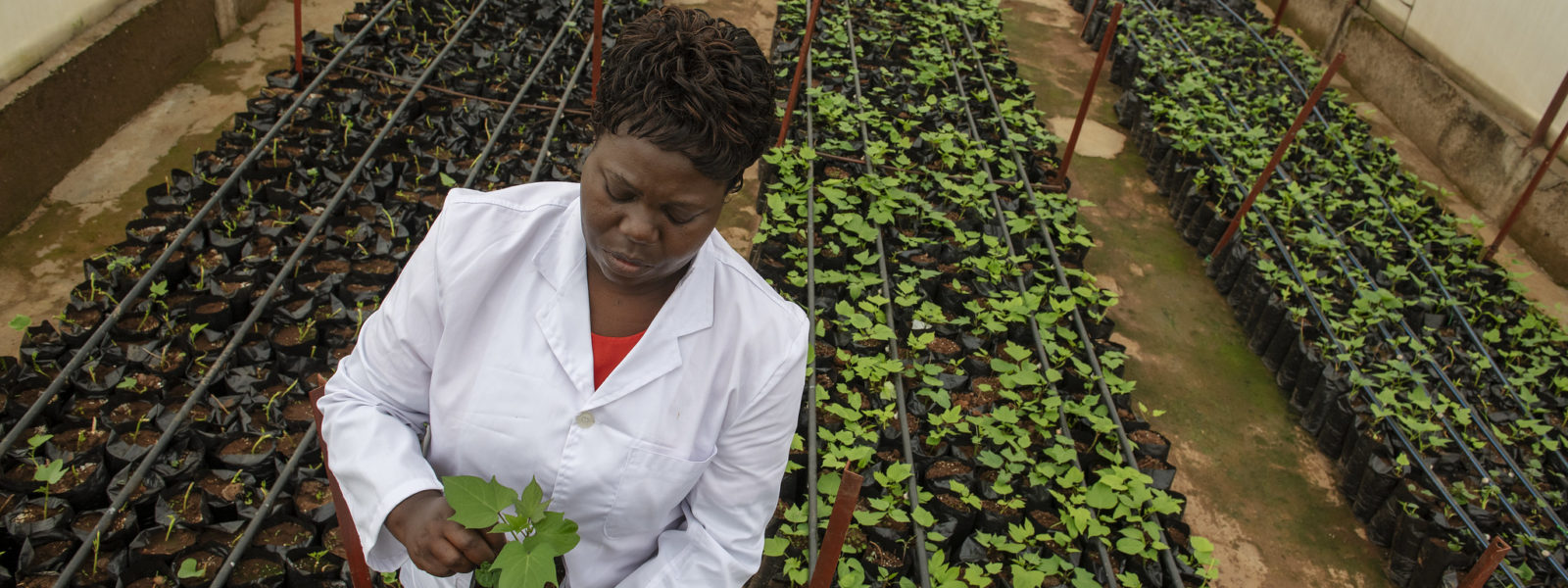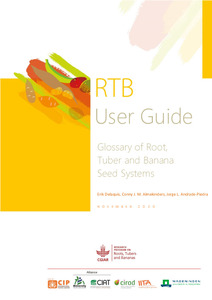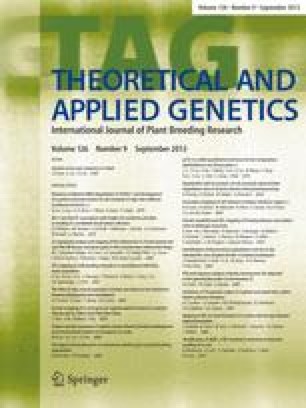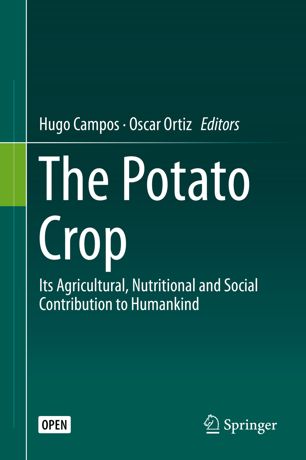A perspective from the RTB Seed Systems Community of Practice
The promise is that growing improved varieties will end hunger, improve nutrition and strengthen livelihoods. However, in sub-Saharan Africa farmer adoption of improved varieties of vegetatively propagated crops (VPCs) and small grains and legumes is stuck at around 40%. And the average age of a variety in a farmer’s field is eight years or more. Is this enough to contribute to meeting the United Nations Sustainable Development Goals? No! It means we must try harder but also think differently.
In a perspective paper published in Outlook on Agriculture, we contend that seed systems are not just a “delivery” mechanism for seed of the varieties that breeders develop. There are important gaps in our knowledge about seed systems and, if we do not address them, we will fail to bring better seeds and varieties to farmers. We recommend deeper collaboration between seed systems researchers, breeders and national seed system stakeholders to address four critical knowledge gaps and generate innovations needed to break through the 40% adoption ceiling.
Breeders strive for higher varietal turnover by being more responsive to gender and gathering better data on farmer and consumer preferences i.e. “getting the traits right” (e.g., Marimo et al., 2020; Van Etten et al., 2019; Weltzien et al., 2019). Yes, it is important to increase varietal turnover, but this is not enough.
Seed systems are not simply the link between breeders and farmers to multiply and deliver seed. A wide range of interacting factors — seed quality, demand, multiplication, and delivery mechanisms — define the characteristics of a seed system. These interactions are also context specific and require a rethink of how seed system interventions relate to agri-food systems and their markets. Research so far has been abundant but is not sufficiently holistic and coherent.
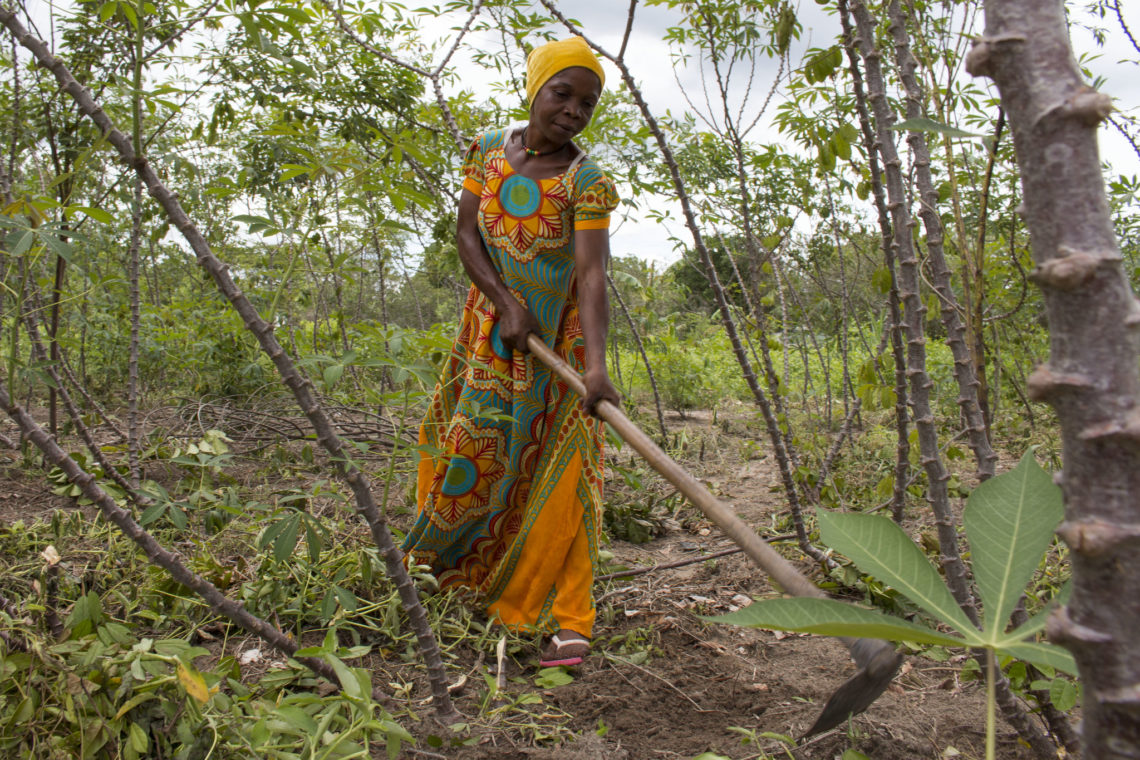
Woman works in her cassava field in Mkuranga district, Tanzania. Photo: H. Holmes/RTB
Four critical knowledge gaps
We address four critical knowledge gaps in our paper.
Gap 1: Capturing the demand characteristics of farmers
We found that farmer demand is not only about prioritizing for traits. It also includes their preferences for types, volumes, quality, supply/delivery mechanism, and other characteristics of the seed beyond genetic identity. Conny Almekinders of Wageningen University and Research (WUR) and co-author explains: “Farmers’ real-life seed choices are balanced with trade-offs with other livelihood activities that make demands on their labor, time, cash, and exposure to risk.” Farmers may express a preference for a variety at a demonstration trial but that does not necessarily mean they will buy the seeds and plant that same variety on their own plots.
Gap 2: Identifying effective seed delivery pathways
Farmers acquire seed through many different sources, depending on crop, variety and social context. They often prefer to get seeds from fellow farmers via informal networks. If we are to find the most appropriate way to deliver seeds to farmers, we must understand the linkages between the formal and informal seed systems, and linkages within the informal ones. The design of seed delivery pathways for different crops that meet both the technical seed production requirements, and specific customer needs and seed sourcing behaviours requires stronger collaboration between seed system actors and breeders.
Gap 3: Ensuring seed health and stopping the spread of disease
Vegetatively propagated seed is subject to the build-up of pests and diseases that are carried over to the next generation resulting in seed degeneration. Karen Garrett, plant pathologist at the University of Florida, explains: “We have a seed health knowledge gap around the disease accumulation in seed and its impact on yield.” The RTB seed community has developed tools to assess the risk of seed degeneration and define key management components based on healthy-seed renewal, adopting resistant varieties and implementing sound on-farm management techniques (Thomas-Sharma et al., 2016, 2017).
Gap 4: Effective policies and regulation
Examples from the seed potato sector in Kenya have demonstrated how the priorities of farmers can clash with requirements to maintain international phytosanitary standards. Bringing seed within the economic reach of smallholder farmers has a possible trade-off of increasing the risk of spreading diseases. These dynamics explain why current regulatory schemes have had limited success in increasing the availability and use of quality seed (McEwan et al., 2021), and can lead to a coordination breakdown among seed system actors (Bentley et al., 2018).
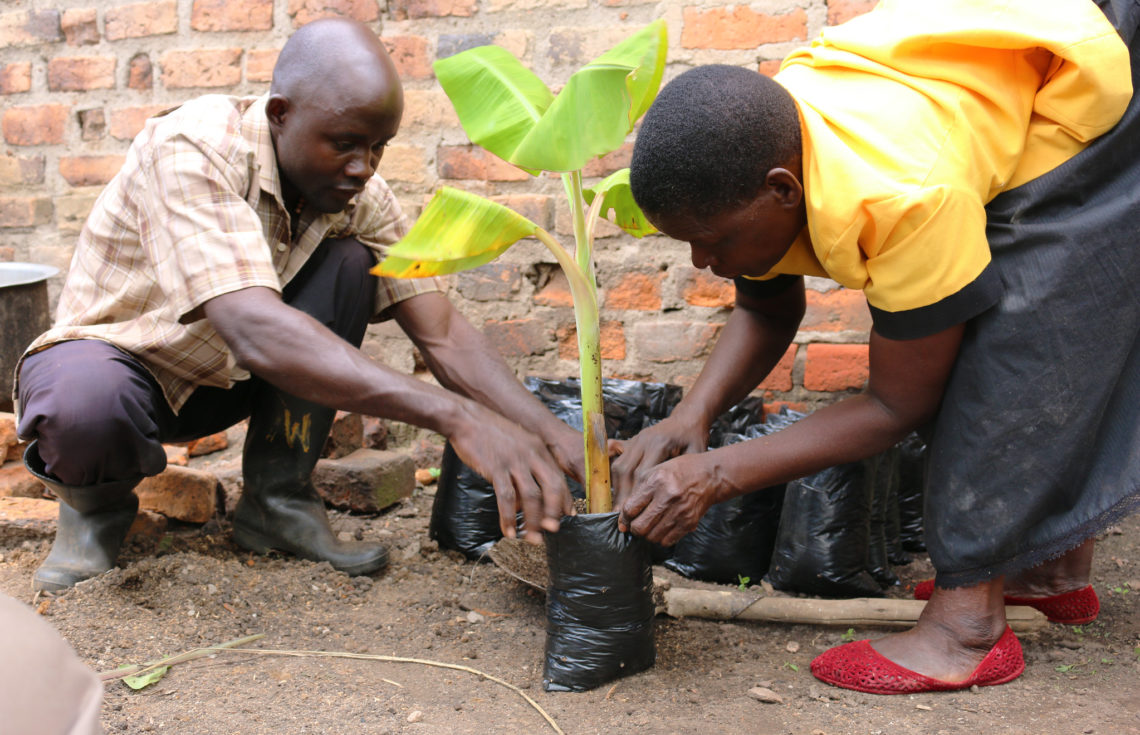
Banana planting. Photo credit: RTB
Tools4SeedSystems
The Seed Systems community of practice of the CGIAR Research Program on Roots, Tubers and Bananas adresses these knowledge gaps and focuses on the definition of effective actions to improve seed system development. We use inter- and trans-disciplinary methods to diagnose, evaluate, and improve seed systems for banana, cassava, potato, sweetpotato, and yam. These methods are packaged in a toolbox (Andrade-Piedra et al., 2020).
We are now engaging with national seed system stakeholders to build capacity to use the toolbox to tackle these and other emerging gaps. Specifically, we propose co-development of seed delivery profiles with breeders and seed system scientists. We are also redoubling efforts to expand collaboration among seed system actors, along with specialists in CGIAR centers and international initiatives, such as the Excellence in Breeding and GENDER Platforms, as well as CGIAR scaling experts.
Without this combined and coherent effort, the achievements of breeders may remain stuck in the seed delivery pipeline and we’ll never cross that 40% threshold.
